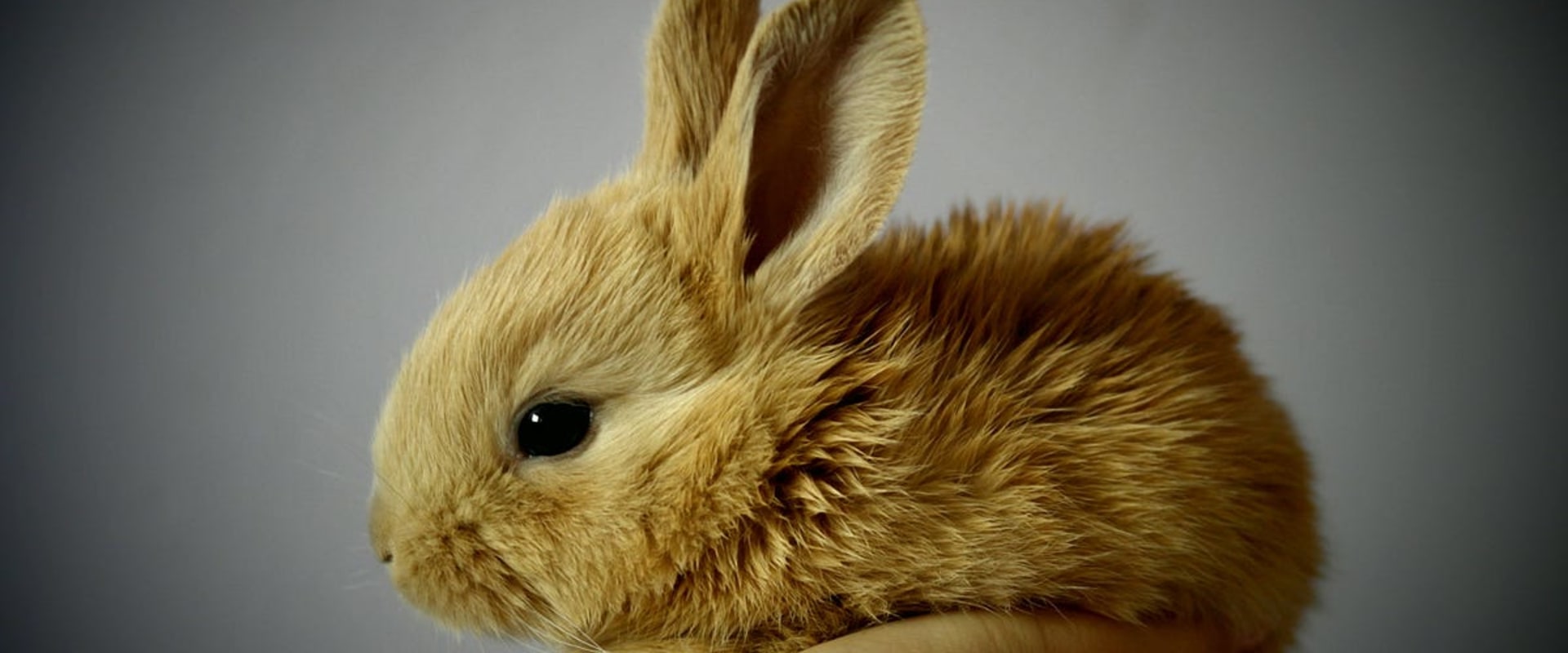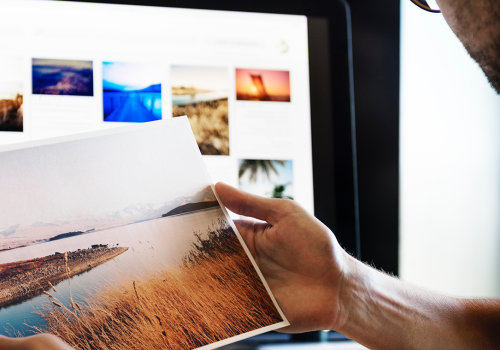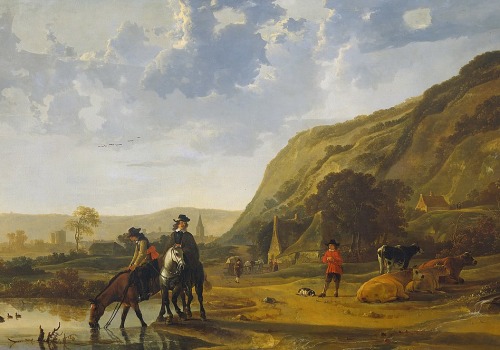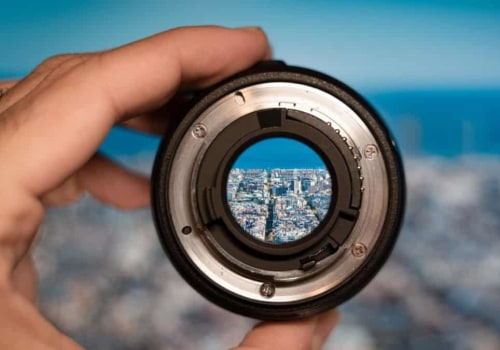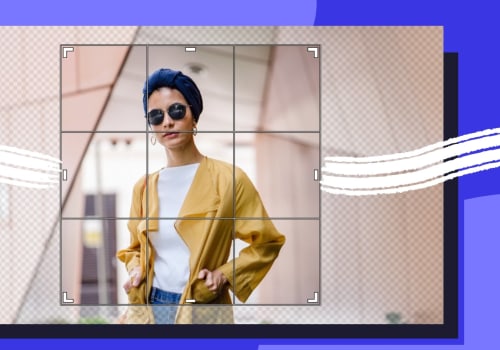In today's digital age, the use of images has become an integral part of content creation. With the abundance of information available on the internet, it's important to stand out from the crowd and make your content visually appealing. One way to achieve this is by using free stock images. However, just because these images are free doesn't mean they are free to use however you please.
Properly crediting and linking free stock images is crucial in ensuring that you are using them in accordance with the attribution and usage rights set by the creator. In this article, we will guide you on how to properly credit and link free stock images for both personal and commercial use, so you can confidently incorporate them into your content without any legal repercussions. First and foremost, it is essential to understand why proper crediting and linking of free stock images is crucial. In today's digital age, visuals play a crucial role in capturing the audience's attention and conveying a message effectively. With the rise of free stock photo websites, finding high-quality images for personal or commercial use has become easier than ever before. However, it is important to note that not all images on these websites are free for commercial use.
Some may require attribution or have specific usage rights that need to be followed. This is where proper crediting and linking come into play. Failure to comply with these requirements may result in copyright infringement, which can lead to legal consequences. As a business or individual using free stock images, it is your responsibility to ensure that you are using them correctly and giving credit where it is due. So why is proper crediting and linking important? For starters, it shows respect for the creator of the image. They have put time and effort into creating the image, and by giving them credit, you are acknowledging their work and supporting their creative endeavors. Moreover, proper crediting and linking can also help with SEO.
When you link back to the source of the image, it creates a backlink for their website, which can improve their search engine rankings. This can lead to more exposure for the creator's work and potentially bring in more traffic to their website. Additionally, by properly crediting and linking the image, you are also protecting yourself from potential legal issues. If the creator of the image finds that you have used their work without proper credit or permission, they have every right to take legal action against you. Now that we understand the importance of crediting and linking free stock images, let's discuss how to do it correctly. The first step is to determine the source of the image.
This can usually be found on the website where you downloaded the image or in the image's metadata. Next, make sure to include the creator's name or username, as well as the source of the image, in the caption or description of the image. If you are using the image on a website or blog, it is best to also include a link back to the source. If you are using multiple images from the same creator, it is best to create a separate page or section on your website that lists all the images and their sources. This makes it easier for visitors to find the original source of each image. Lastly, it is important to regularly check the usage rights and attribution requirements for each image. These may change over time, and it is your responsibility to ensure that you are still using the image correctly. In conclusion, proper crediting and linking of free stock images is crucial for both ethical and legal reasons.
By giving credit where it is due, we support and respect the work of creators while also protecting ourselves from potential legal issues. So next time you use a free stock image, remember to properly credit and link it back to its source.
Types of Attribution Licenses
When using free stock images, it is important to understand the different types of attribution licenses that may be required. These licenses dictate how the image can be used and what type of credit or link is necessary. Some websites may only require a simple credit line, while others may have more specific requirements. For example, some licenses may require a link back to the original source or credit to the photographer. It is crucial to check the attribution license for each image before using it to ensure that you are properly crediting and linking the image according to the terms of use.Understanding Attribution and Usage Rights
To properly credit and link free stock images, it is important to understand the different types of attribution and usage rights that may apply.Attribution: This refers to giving credit to the original creator or owner of the image. It is important to note that even though the image may be available for free, it still belongs to someone and they deserve credit for their work. This can usually be done by including the name of the creator and a link to their website or the source of the image.
Usage Rights:
Free stock images may also have specific usage rights that need to be followed.This can include restrictions on commercial use, modifications, or redistribution. It is important to carefully read and understand these usage rights before using the image, as not following them can lead to copyright infringement.
Types of Usage Rights
When using free stock images, it is crucial to understand the different types of usage rights associated with each image. These rights dictate how the image can be used, whether for personal or commercial purposes. It is important to read and understand the usage rights for each image to avoid any legal issues.The most common types of usage rights for free stock images include:
- Public Domain: These images can be used for any purpose, without any restrictions or attribution required. They are free from copyright and can be modified and used commercially.
- Creative Commons Zero (CC0): Similar to public domain images, these images can be used for any purpose without restrictions. However, some may require attribution, so it is important to check the specific usage rights for each image.
- Creative Commons with Attribution (CC-BY): These images can be used for personal or commercial purposes, but must be attributed to the original creator.
- Creative Commons with Attribution-ShareAlike (CC-BY-SA): Similar to CC-BY, these images must be attributed to the original creator, but they can also be modified and used commercially as long as the same license is applied.
- Creative Commons with Attribution-NoDerivs (CC-BY-ND): These images can be used for personal or commercial purposes, but cannot be modified in any way and must be attributed to the original creator.
- Creative Commons with Attribution-NonCommercial (CC-BY-NC): These images can only be used for non-commercial purposes and must be attributed to the original creator.
- Creative Commons with Attribution-NonCommercial-ShareAlike (CC-BY-NC-SA): Similar to CC-BY-NC, these images must be attributed to the original creator and can only be used for non-commercial purposes. They can also be modified as long as the same license is applied.
- Creative Commons with Attribution-NonCommercial-NoDerivs (CC-BY-NC-ND): These images can only be used for non-commercial purposes, cannot be modified, and must be attributed to the original creator.
It is always best to check the specific usage rights for each image to ensure proper crediting and linking. Properly crediting and linking free stock images not only helps to avoid copyright infringement but also gives credit to the original creator. It is important to carefully read and follow the attribution and usage rights for each image to ensure proper usage. By doing so, you can maximize the use of free stock images without worrying about legal consequences.

